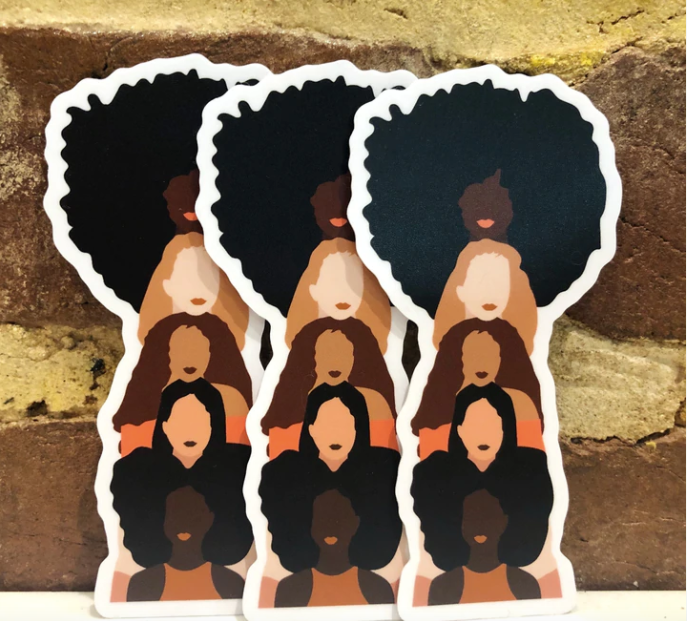Originally published in Her Campus American’s print magazine Collegiette, Issue 007
From the lack of diversity in storybooks to the lack of representation in course content, it is evident that white students are prioritized in classrooms across the country.
The only lessons regarding racism in America, other than those on the Civil Rights Movement, rarely appear until students are in high school. As a result, students are taught that race is a topic that should not be discussed.
By not opening dialogues surrounding race in the classroom, students are continually limited in their expression of personal experiences and beliefs.
Teachers often cite school resources and course curriculum as the reasoning behind their educational choices. While there is a mandatory curriculum, there is nothing dictating that teachers must educate students from the perspectives of cisgender-white males.
In subjects such as History and English, which tend to be very white-centric, teachers must make a conscious effort to seek out resources that highlight the experiences of marginalized communities.
Representation in the Classroom
Racial identities are constructed by both individuals and society itself. With a lack of representation in classrooms across the country, it is evident that certain racial identities are valued more than others.
Race, culture and ethnicity intersect to create unique experiences for individuals. Someone who fits American ideals, such as someone who is white or white-passing, has a very different experience from someone who is not. To work towards anti-racist teaching, one must understand how these identities impact one’s experiences in the world.
This racialized system of oppression disproportionately harms students who hold marginalized identities, particularly those whose identities represent the minority in the school that they attend.
Educators need to ensure that they take the lead from their students when discussing topics that impact marginalized communities. It is not until educators begin to diversify the curriculum that other races will be able to hold space of equal value in the classroom.
Individualized vs. Institutional Racism
Educators can not work to eliminate institutionalized or individualized racism without first coming to an understanding of what these forms of racism are.
Institutionalized racism is embedded within our society and the way that it operates often centers the white experience above all else and fails to acknowledge how race affects one’s experiences in the world. Institutionalized racism exists in every sector of society such as education, the criminal justice system, healthcare and politics.
Individualized racism takes into account one’s racist assumptions and beliefs that affect how one perceives others. This takes place in the form of both conscious and unconscious prejudice. As a result of our white-dominant society, we create stereotypes, images and ideologies that are often untrue and unrepresentative of different racial groups.
Educating the Educator
Educators can begin to deconstruct the narrative that being white is the standard by understanding that both institutional and individualized racism exist. One way that teachers can do this in the classroom is by decentering standard English and allowing students to express themselves freely without feeling the need to conform to societal standards.
By continuing to educate themselves and their students, teachers can begin to take the necessary steps to decenter whiteness and allow for a more representative and comprehensive experience in the classroom.
This is an effort bigger than any one educator. Teachers and administrators must band together to support students in order to break down the stereotypes and white-centric views of society embedded in course curriculum.
Incorporating anti-racism in the school curriculum is truly a community effort. While it starts with schools, it falls on everyone to educate themselves and work towards incorporating anti-racist values in their everyday lives.





